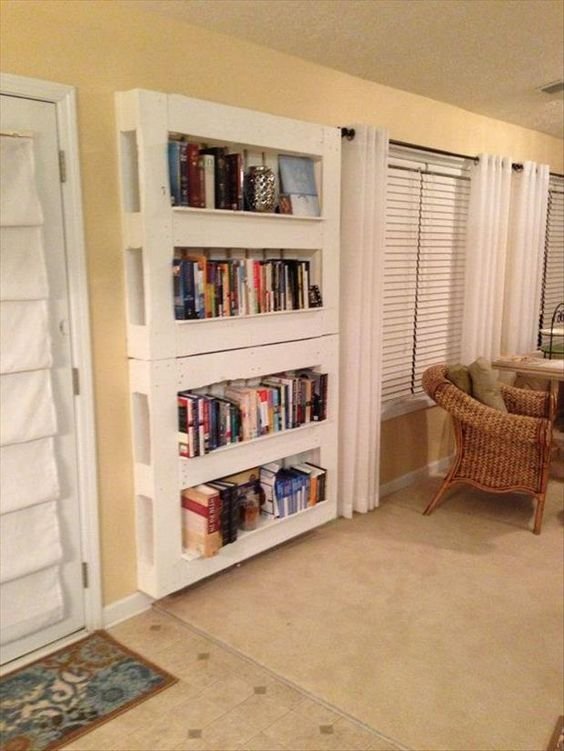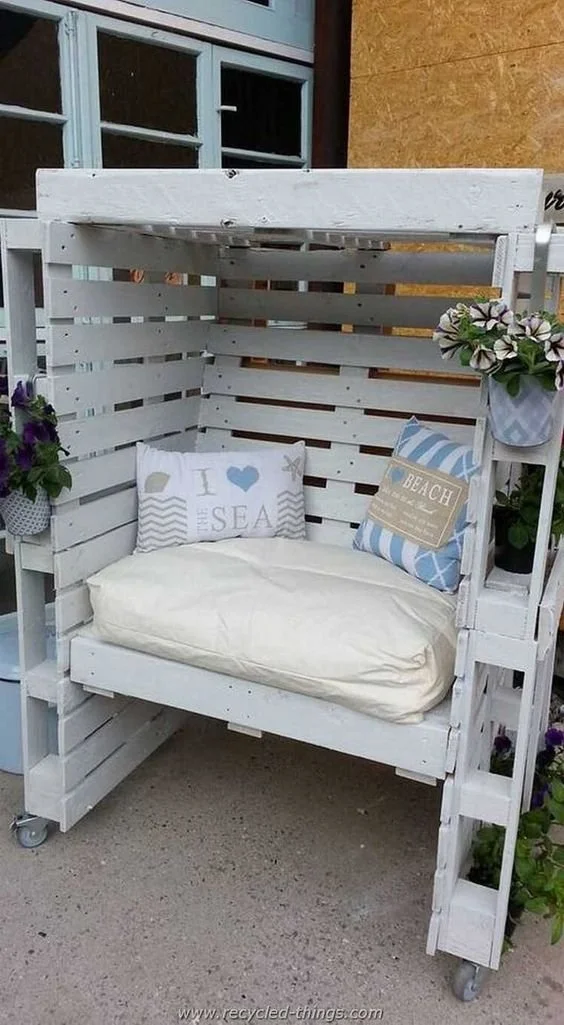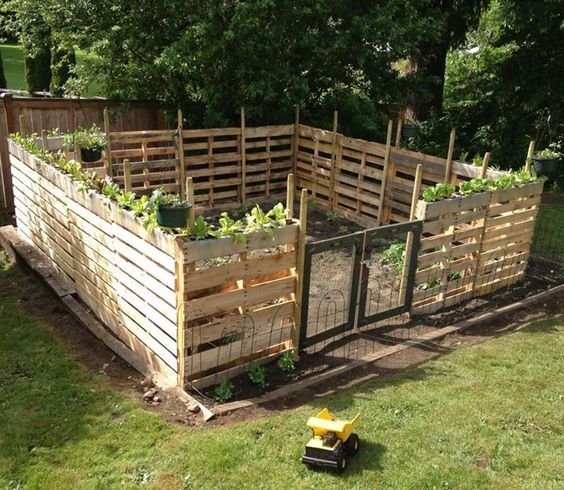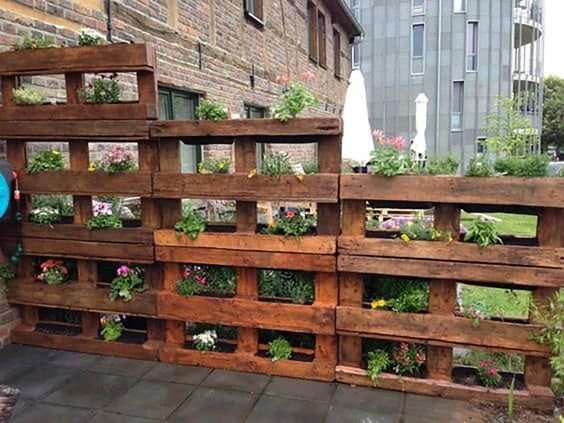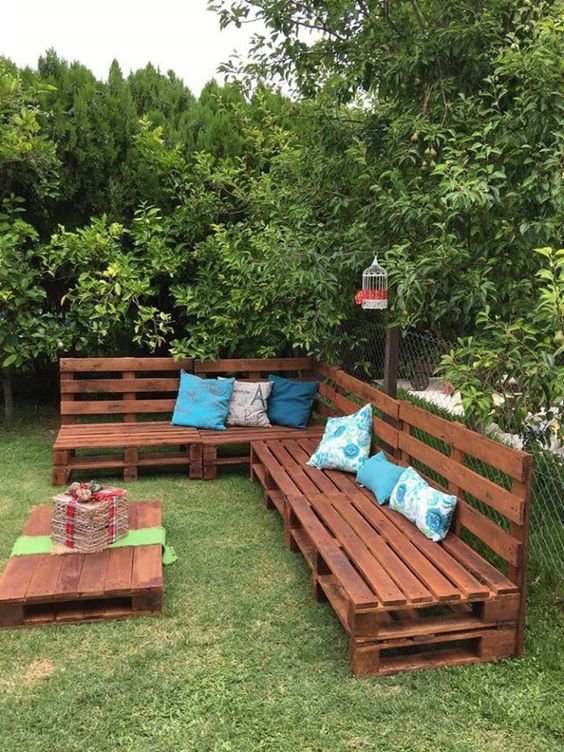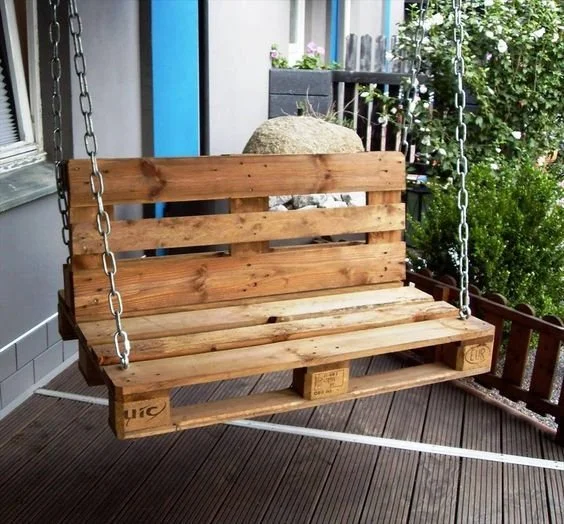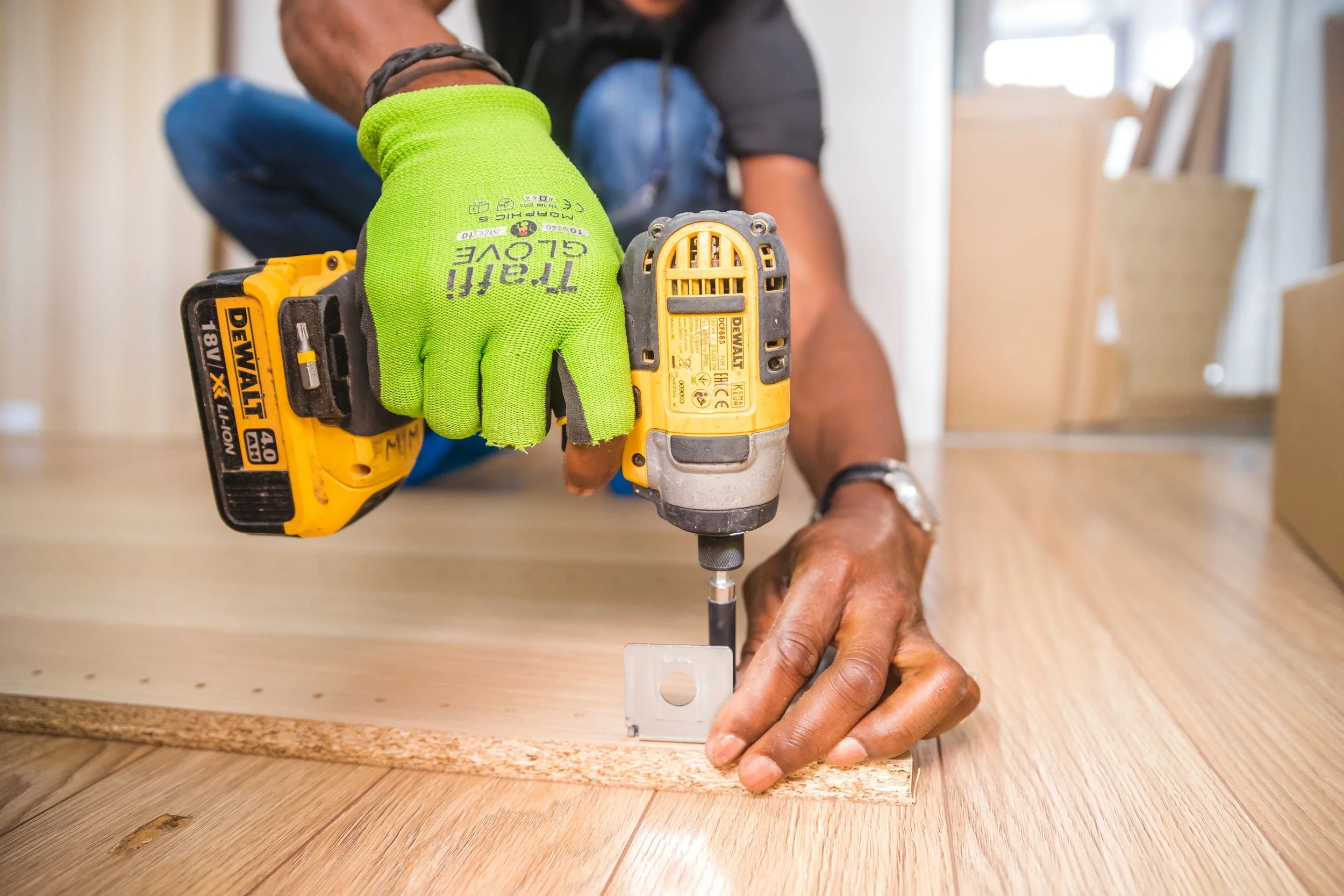How to Survive the South Side Irish Parades - Oak Forest and Tinley Park
RH Business Marketing Solutions
Looking for a way to celebrate St. Patrick’s day this year? Good thing the Oak Forest Fleadh and Tinley Park Irish Parade are right around the corner! These are a staple in the south suburbs, bringing hundreds of people around to celebrate St. Patrick’s Day and bring business to our local businesses. Make sure you load up on all your green attire and accessories and have fun!
Oak Forest Fleadh: Saturday, March 4th, 2023
Source: Oak Forest Chamber of Commerce
Are you ready to show your spirit in the “Fleadh Around Town?” First of all, what is a “Fleadh”? Fleadh (pronounced flah) is Gaelic for “festival”!
Source: oc-chamber.org
Interested in running or walking in the 5k? It’s not too late to register! There is a $30 runners fee, and it includes a cotton t-shirt and a goody bag, while supplies last. Learn more information about the 5k and registration here: Oak Forest Fleadh 5k 2023
The parade route is on Central Avenue, 151st to Oak Forest Park District. The parade will promptly begin at 11am.
We will be hiding a $1,000 “Golden Ticket” somewhere along the parade route, so make sure you keep your eyes open! Please be safe and respectful while searching for the ticket. Once the ticket is found, we will post it was found, so until then, keep searching and GOOD LUCK!
Source: Patch.com (Courtesy of Kelly Semenow/Kelly Ryan Photography)
Surrounding bars and restaurants in Oak Forest will be ready to celebrate before and after the Fleadh, so make sure you’re ready to go all day long!
What businesses will be participating?
Oak Forest Bowl - 15240 Cicero Ave, Oak Forest, IL 60452
Cindy’s Pub - 5230 W 159th St, Oak Forest, IL 60452
Captain Jack’s Beverages - 15211 Cicero Ave, Oak Forest, IL 60452
Oliver’s Bar and Grill - 6150 W 159th St, Oak Forest, IL 60452
Blarney Stone Pub - 15400 Cicero Ave, Oak Forest, IL 60452
Tinley Park Irish Parade: Sunday, March 5th, 2023
The Tinley Park Irish Parade is located on 179th Street, proceeding northbound on Oak Park Avenue to 172nd Street, and step off is promptly at 1pm.
We will be hiding a $1,000 “Golden Ticket” somewhere along the parade route, so make sure you keep your eyes open! Please be safe and respectful while searching for the ticket. Once the ticket is found, we will post it was found, so until then, keep searching and GOOD LUCK!
Source: Chicago Tribune (Gary Middendorf/Daily Southtown)
Surrounding bars and restaurants participating in the before/after party of the parade are:
JW Holsteins - 17358 Oak Park Ave, Tinley Park, IL 60477
Bailey’s Bar and Grill - 17731 Oak Park Ave A, Tinley Park, IL 60477
Cuzin’s Pub - 17704 Oak Park Ave, Tinley Park, IL 60477
How to prepare for the parades?
Go Green!
Green is the most commonly worn color for St. Patrick’s Day, along with orange. There are tons of clothing options that have funny Irish puns on them, or if you want to be subtle, plain green is always the way to go.
Did you know it is an Ireland tradition to pinch anyone who isn't wearing green?
Accessorize!
Jewelry, pins, buttons, headbands and hair bows are all great accessories to spruce up an Irish outfit. For this holiday, nothing is ever too much, so go all out.
Did you know the tradition of wearing Shamrock to celebrate Saint Patrick seems to date from the seventeenth or eighteenth century?
Make sure you dress appropriately
This year the weather is very unpredictable for the parades. These events require you to be outside and walking for a prolonged period of time, so choosing the right clothing is crucial to being comfortable and warm. We are expecting weather of no higher than 46 degrees for both parades.
Corned Beef from John’s Hot Dogs
4. Eat Traditional irish food before/after the events
There’s nothing like celebrating St. Patrick’s day with some good corned beef and cabbage. Other traditional foods are Shepherd's Pie, potato bread, boxty and black pudding. Make sure you are staying hydrated and well fed - especially if you plan on bar crawling after the events.
5. Have fun!
St. Patrick’s Day traditions are always loads of fun. Don’t be shy to branch out and do something or try something you’ve never done before! Be safe, and have fun!












